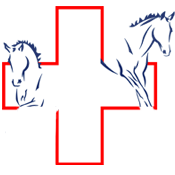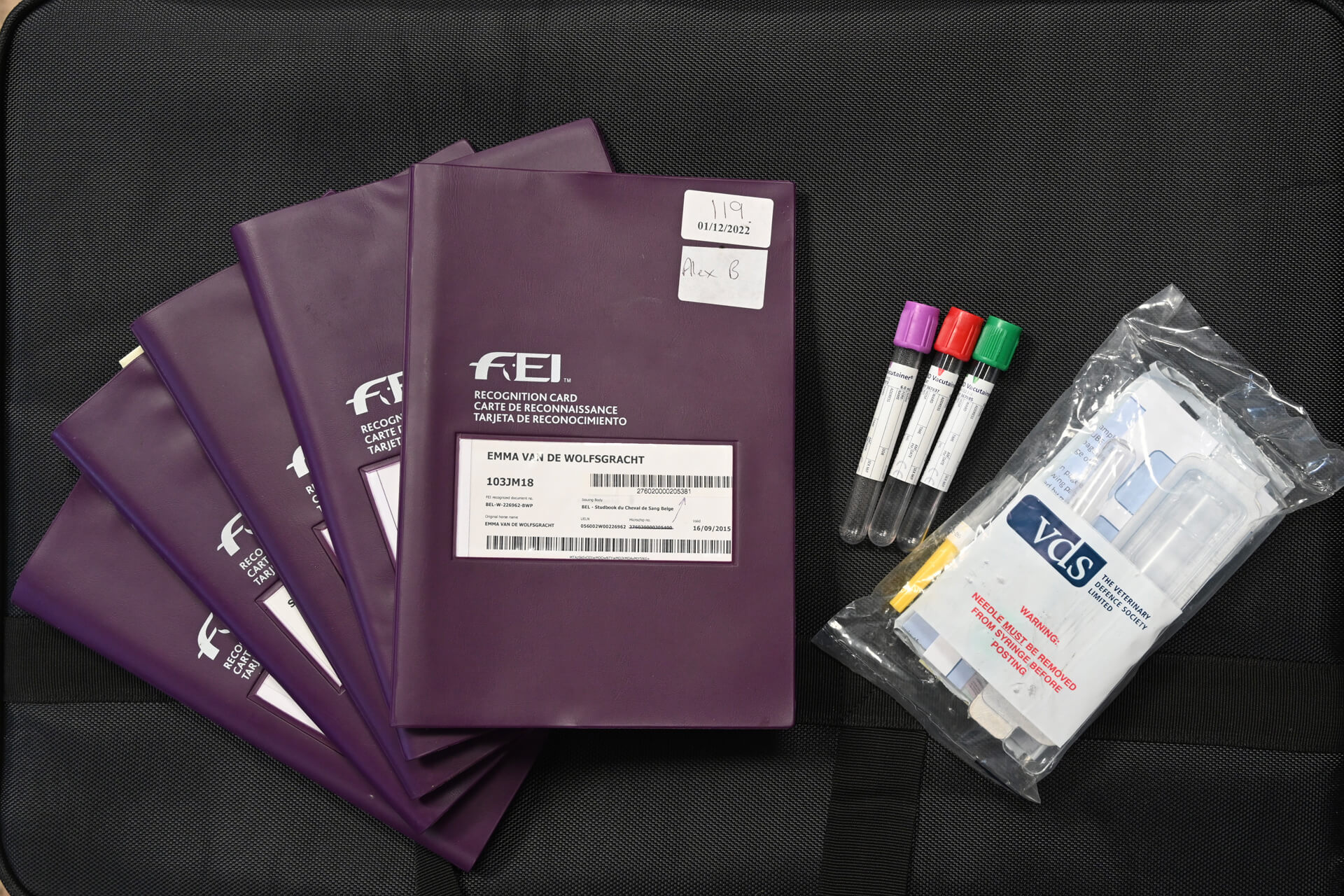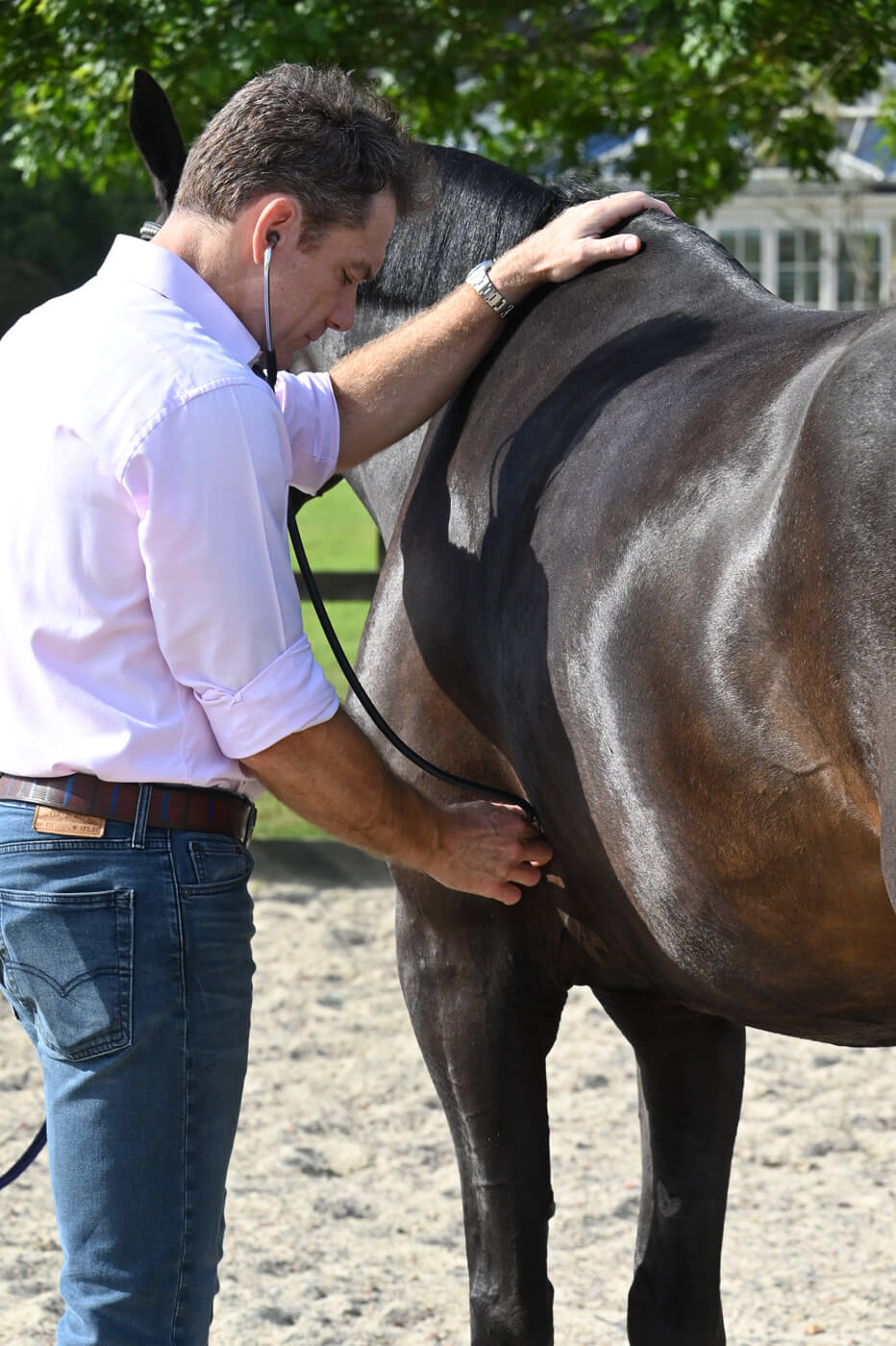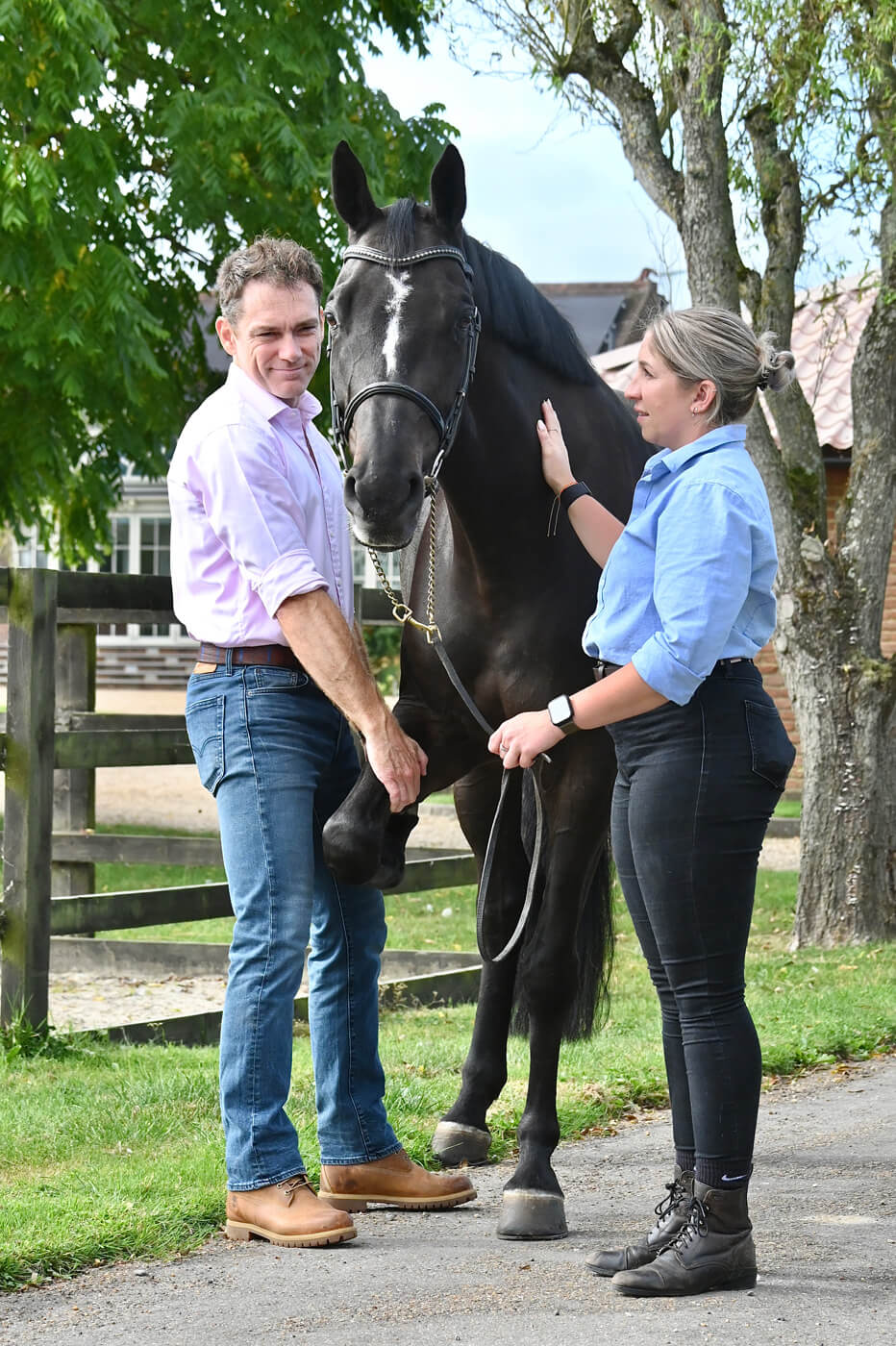Pre-purchase examinations are a large part of our work, we perform vettings across the whole south of England.
On an initial phone consultation, we offer our clients advice on what type of exam may be most useful and suitable to for their circumstances.
This entails discussing a 5 vs 2-stage pre-purchase examination, as well as the need for diagnostic imaging, such as X-rays, ultrasound scans or upper airways endoscopy.
Please complete this form if you would like to request a pre-purchase examination
So happy with the treatment provided by Corrado and his team, just great to know they provide the care they do

5 and 2-stage vetting
These are UK recognised standards for pre-purchase examination which have been established by the RCVS and BEVA bodies.
Such protocols allow pre-purchase examinations to follow a format that allows to inspect most conditions that may be relevant to a buyer.
Pre-Purchase Examination Request
VDS Blood sampling
At the end of a successful pre-purchase exam, be this a 5 or a 2-stage, the vet will take a blood sample from the horse, which will be stored in a “blood bank” in Newmarket for a period of 6 months.
Upon specific request from a buyer, or if a dispute may arise within the 6-month period following the vetting, this blood sample can be possibly analysed for doping agents which may have altered the outcome of a vetting.

Additional diagnostic procedures
Additional diagnostic imaging (X-ray, Ultrasound scan, Endoscopy) may be needed to complement a horse’s vetting and assist an equine buyer in a more informed decision, providing further understanding of what risk for use, insurance and resale may be associated to a horse purchase.
It is also important to know that in case of pre-purchase examinations, insurance companies may require a buyer to complement a 5-stage vetting with further diagnostic imaging to be able to obtain a comprehensive cover for veterinary fees and/or loss of use.
Explore all diagnostic imaging solutions for equine pre-purchase exams here.

Vetting certificate
Once the pre-purchase exam is completed, the vet will have a conversation with the buyer to discuss the findings and what risk may be associated to intended use, veterinary insurance and resale. A vetting certificate supported by the RCVS and BEVA will hence be produced by the vet reporting a summary of the examination protocol and findings.
To finalise the vetting certificate, the vet will finally state “In my opinion, on the balance of probabilities, the conditions reported above DO / DO NOT prejudice this horse’s suitability to be used for:…”. It is important to understand that this statement, commonly interpreted as ‘pass or fail’, is as specified, the vet’s opinion, and it does not represent a purchase guarantee of suitability for intended purpose.
Indeed, the vetting certificate may also report a ‘seller’s declaration’ about any relevant disclosed veterinary history, however it is important to know that the responsibility to request and obtain a ‘seller’s warranty’ with respect to vices, height, previous conditions or surgery, sits with the buyer alone and such warranty is not part of a vetting certificate.
Insurance implications
Any clinical observation reported on a vetting certificate may be deemed by an insurance company as a pre-existing medical condition. This may therefore influence the way insurers assess the risk associated with any such condition and consequently, they may not be willing to grant veterinary cover for any reported specific condition.
It is therefore advisable that any buyer discusses the findings of a pre-purchase exam with the intended insurance company before purchasing the horse, so that a more informed decision regarding the purchase may be made, allowing to plan and budget for ongoing care.
This is an excellent veterinary practice with a professional and caring team.
They are pragmatic and thoughtful throughout the consultation and treatment of both of my horses.
Call Now
Contact us now on
01306 249 944
or email info@surreyhillsequine.com.

